-

The Delta Variant and Supply Chain Safety
The COVID Delta variant appears to be the main obstacle to global economic recovery and a return to normal life. As schoolchildren return to classrooms, public debates have divided communities over school mask mandates. The restaurant industry, which had expected further growth of in-person business in the second half of 2021, is now facing a…
-
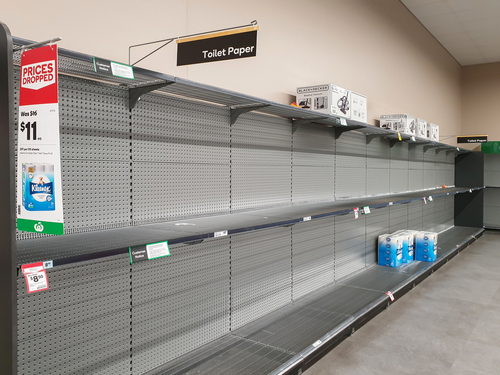
Will Supply Chain Shortages Continue?
The global economy continues to suffer from debilitating supply chain shortages as we head into the final months of 2021. With computer chips in short supply, Toyota has announced plans to slash its worldwide production of cars by 40 percent. Furniture giant IKEA says it is struggling to supply more than 1,000 product lines in the United…
-

Best Practices for Reducing Shipping Costs
While economies throughout the world appear poised for a strong recovery, shipping companies still face significant supply chain disruptions and bottlenecks. Demand for product deliveries continues to surge even as the global pandemic recedes. The Port of Los Angeles logged its busiest month ever in May, handling more than one million shipping containers. As this record…
-

Minimizing Supply Chain Security Risks
Supply chain companies continue to grapple with challenges in the second half of 2021. Inflation has driven up logistics costs. Businesses in many industries face worker shortages. COVID’s Delta variant could slow down the economic recovery as the rate of infections throughout the United States rises again. There are also constant supply chain security risks that logistics companies face. To successfully meet the challenges of the…
-
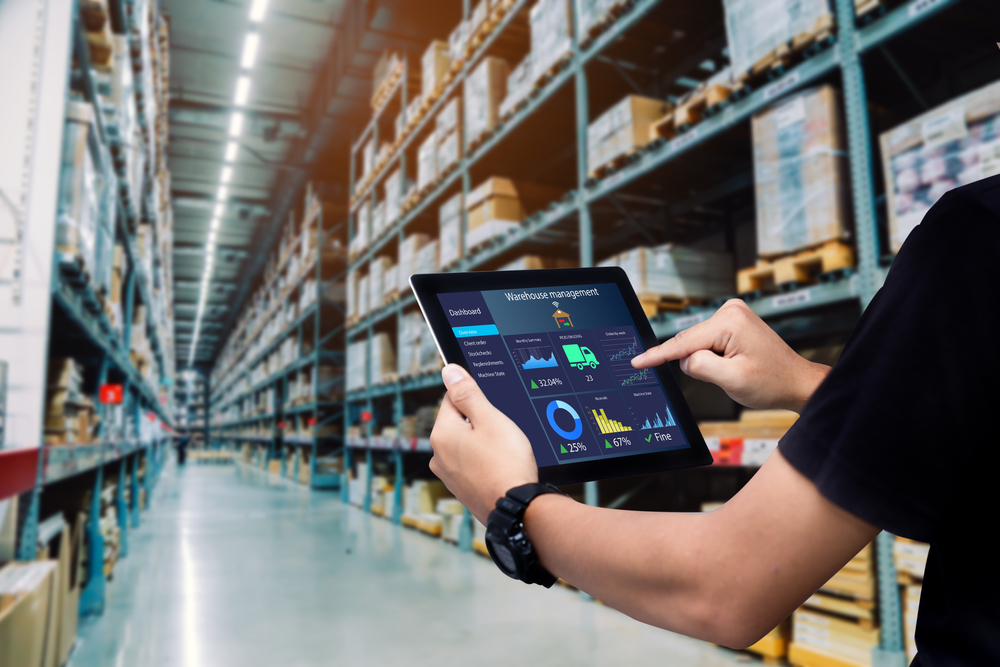
Transparency and Traceability in Logistics Management
Global supply chains have been making headlines—in some cases for the all the wrong reasons—since the COVID pandemic upended the world economy. A shortage of microchips, semi-conductors, and other crucial components has made logistics management challenging in many industries. Shipping products has becoming increasingly expensive as supply chain capacities are stretched to the limit. The recent spectacle of a skyscraper-sized…
-
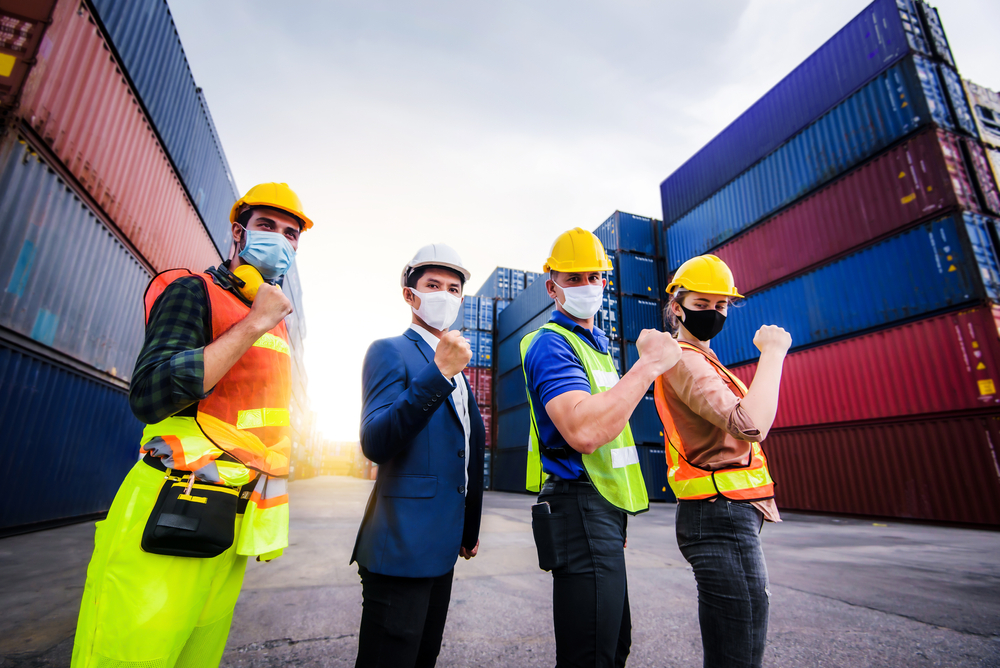
The Labor Crisis and the Shortage of Supply Chain Workers
The labor shortage continues to make headlines as the American economy struggles with the effects of a pandemic showing signs of resurgence. “Help wanted” signs adorn shop and restaurant windows in most communities. Job fairs showcasing dozens of companies have seen poor jobseeker turnout. CEOs around the country complain they simply can’t find enough supply chain workers to meet growing consumer demand. The explanations for this shortage…
-

The Impact of Surging Wood Prices on Supply Chain Costs
The pandemic-related surge in wood prices has had a dramatic impact on the economy. The surge helped trigger massive price hikes in the housing market and came to symbolize the rampant inflation many economists feared would accompany an economic recovery. It has also driven up some supply chain costs to unprecedented levels. The surge in prices was caused primarily by a lack of cut lumber, which is wood produced by sawmills for use in everything from building houses to making wooden shipping pallets. In the early months of the pandemic,…
-

Key Supply Chain Innovations
A 100-day Biden administration review found that global supply chains remain in crisis, even as economies reopen. A pandemic-related worldwide shortage of computer chips has stalled countless production lines, with automobile makers alone projected to lose $100 billion in 2021. A lack of delivery capacity has stranded ships outside ports, inflation is on the rise, and logistics companies struggle to recruit employees as the American workforce reshapes itself in…
-

Minimizing Supply Chain Risks
The outlook for the economy looks rosy, fueled by increasing vaccine rollouts and the reopening of communities and businesses. Even the much publicized labor shortage may be a sign of recovery from the pandemic, as many workers leave jobs to find better opportunities elsewhere. Profits for companies are expected to grow by an average of 4% in the next 12 months, while revenues are expected to climb by 5%. Both…
-

Key Supply Chain Trends in the Post-Pandemic Economy
Widespread vaccinations and warmer weather are leading to the reopening of communities and businesses around the world. As this occurs, supply chain companies will play a critical role in the global economic recovery from the pandemic. These businesses will benefit from many new opportunities but also face considerable challenges posed by shifting conditions. To stay…
-
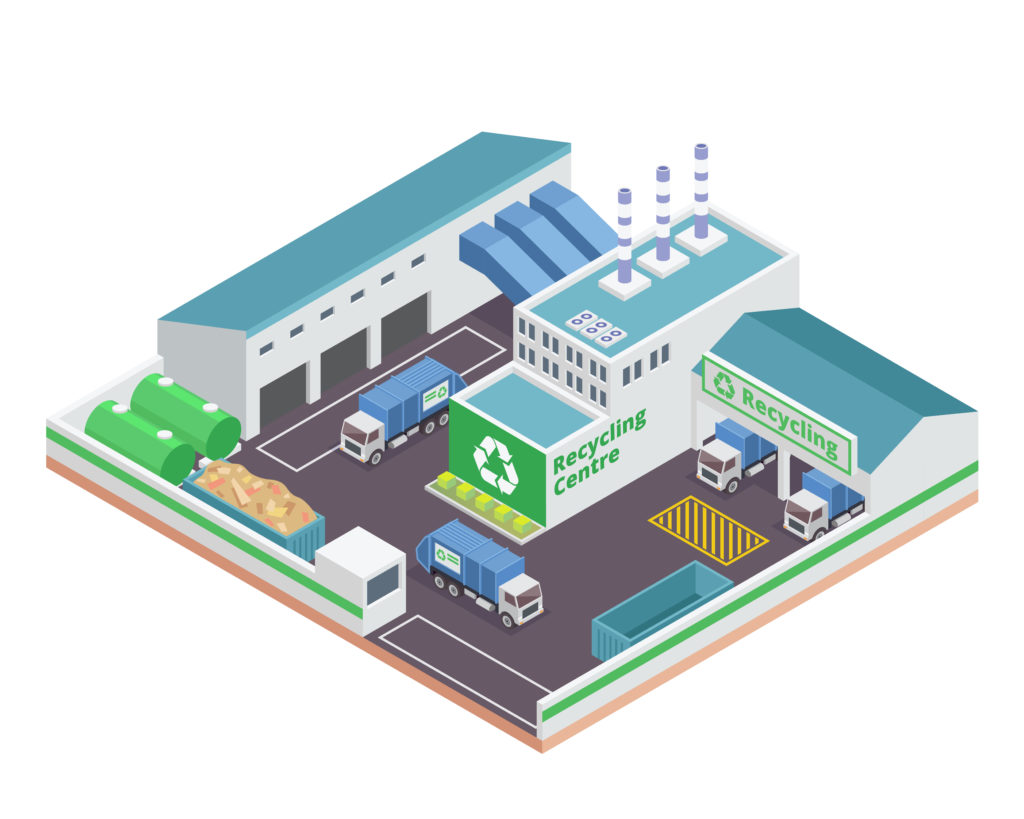
Building Sustainable Warehouses for a Greener Supply Chain
As climate change continues to adversely affect everything from weather patterns to the world economy, companies are doing more than ever to implement environmentally sustainable business practices. For companies in the logistics industry, that has generally meant assessing more efficient delivery systems, energy consumption, and eco-friendly vehicle fleets. Less attention has been paid to the…
-
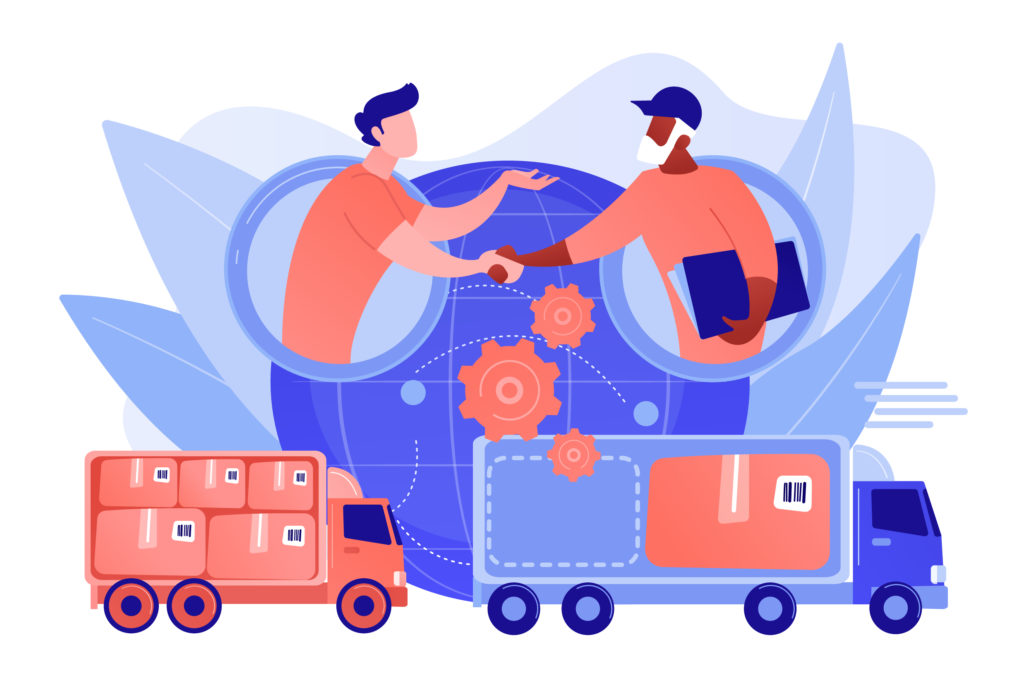
Strategies to Reduce Freight Costs
Vaccines and warmer weather continue to steadily reopen the world economy. There are increasing crowds in brick-and-mortar stores, restaurants, and other public places of business, and consumer confidence appears to be surging. Meanwhile, analysts predict digital buying habits shaped by the COVID pandemic are here to stay, meaning we can still expect robust demand for…